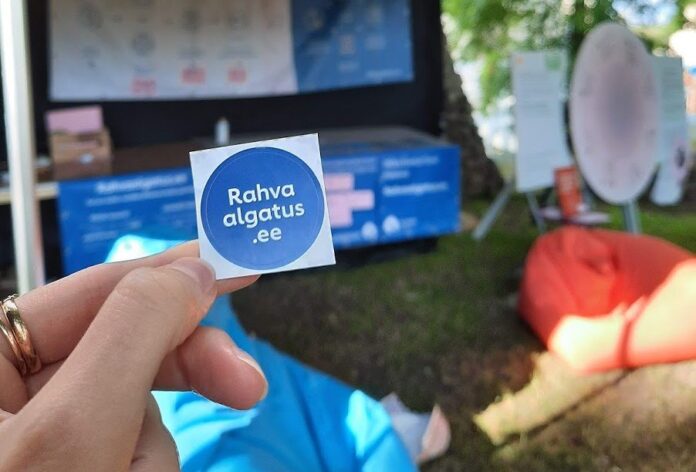Last year, a total of 314,000 signatures were gathered for various petitions via the Rahvaalgatus.ee civic initiative website, which is 172,000 more than in 2022, according to a report prepared by experts from the Estonian Cooperation Assembly and Finnish Innovation Fund Sitra.
The growth in user numbers indicates that over eight years, the platform has evolved from a niche environment to a mainstream method of participating in democracy.
Head of the Estonian Cooperation Assembly Kairi Tilga said that collective petitions often reflect and react to the decisions of the government and the parliament. This is evidenced by a pattern that repeats after every parliamentary election and the publication of the government’s action plan, when the number of collective petitions and the signatures they receive surge.
The majority of petition signatories are individuals up to 34 years old, who constitute 48 percent of all signers. This demographic includes a notably active subgroup of young adults aged 16 to 24. Conversely, the senior demographic, those aged 65 and older, are markedly less engaged, representing nearly 4 percent of the total signatures.
Until 2019, the gender distribution among the platform’s users was fairly even. However, post-2019, there has been a noticeable shift, with women becoming significantly more active than men. For instance, in 2019, women contributed 65.2 percent of the signatures, compared to men’s 34.8 percent — a ratio that has remained stable in the following years.
The most frequent subjects of petitions include environmental conservation, human rights, and social issues. These topics have been particularly effective in influencing public policy through citizens’ initiatives, leading to notable legislative changes. Prominent examples of such successful initiatives include the prohibition of fur farming and bird hunting, along with a petition that included 33 proposals, many of which were subsequently adopted by the parliament.
Maarja-Leena Saar, an expert from the Estonian Cooperation Assembly, said that one of the main goals of collective petitions is to change laws, but this happens infrequently as about a third of initiatives are rejected by committees and as many are resolved in other ways.
“More often, initiatives serve as a catalyst for discussions in the parliament, committees, and more broadly in society. They are covered by the media and bring to light perspectives that would otherwise remain unnoticed,” Saar said. “Petition initiators have also mentioned in their feedback that, despite no subsequent law changes, they are satisfied that discussions took place in the parliamentary committees.”
To ensure that petitions with a large number of signatures receive the necessary attention and discussion, the report suggests creating multi-tiered signature thresholds for collective petitions and assigning a different procedural process to each level.
“In practice, this could mean that if a petition collects 1,000 support signatures, it is processed in one way in the parliament, but if it collects 40,000 or 50,000 signatures, it might be handled directly in a plenary sitting. Particularly popular petitions, such as those with over 50,000 signatures, should be considered for even more thorough examination, for example by convening small-scale citizens’ assemblies that discuss the petition with the corresponding parliamentary committee,” Saar said.
Rahvaalgatus.ee, created by the Estonian Cooperation Assembly in 2016, is a digital environment financed from the state budget that facilitates participation in state and local political decisions, with a parliamentary threshold of 1,000 digital signatures.
Source: BNS
(Reproduction of BNS information in mass media and other websites without written consent of BNS is prohibited.)

